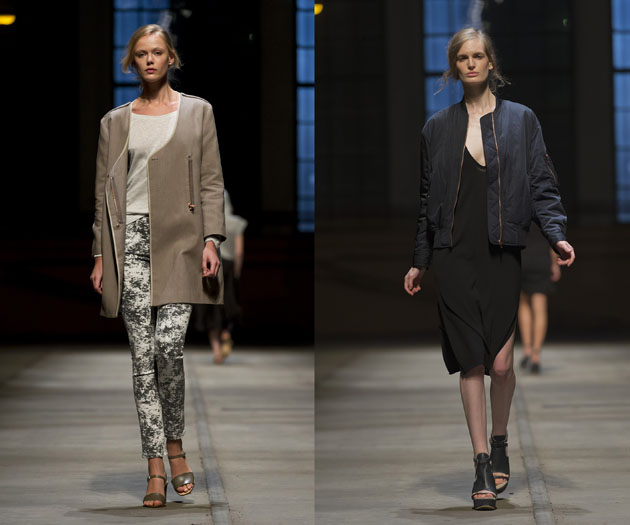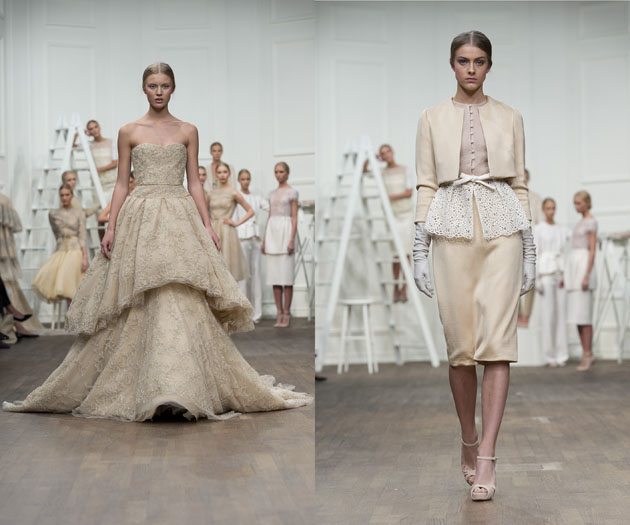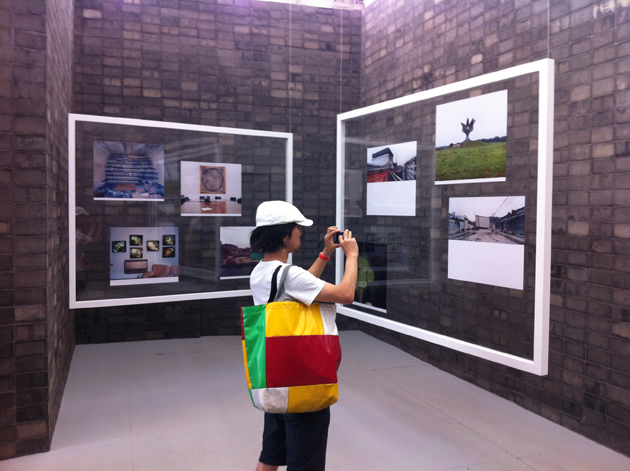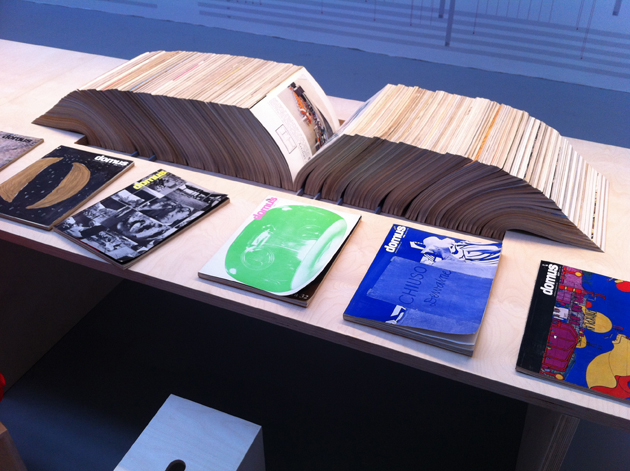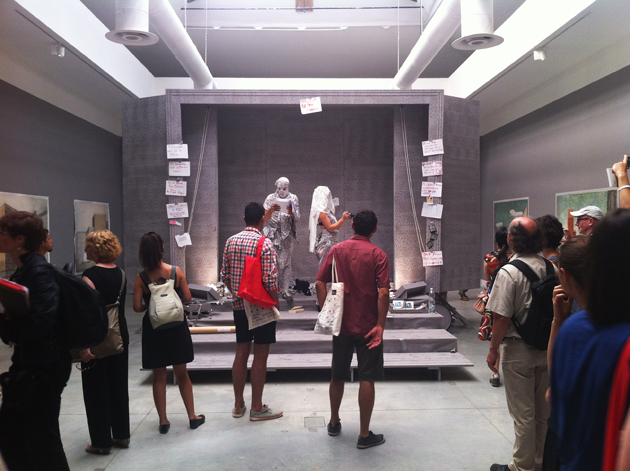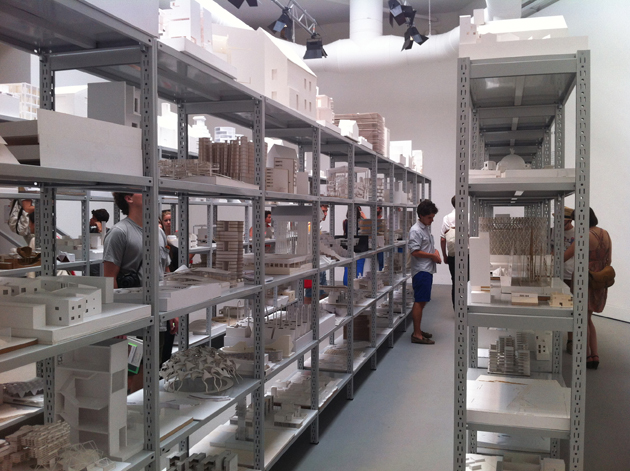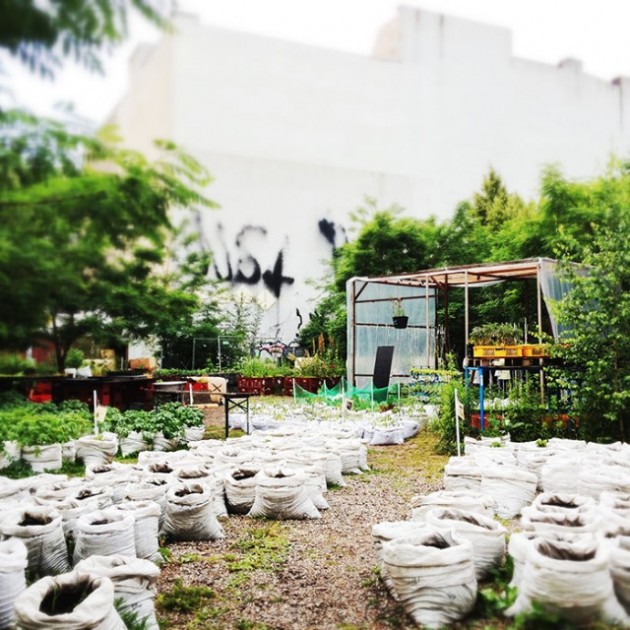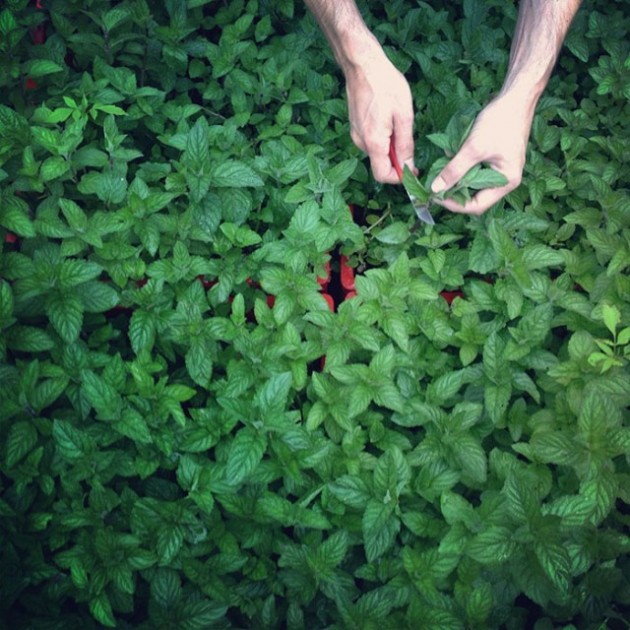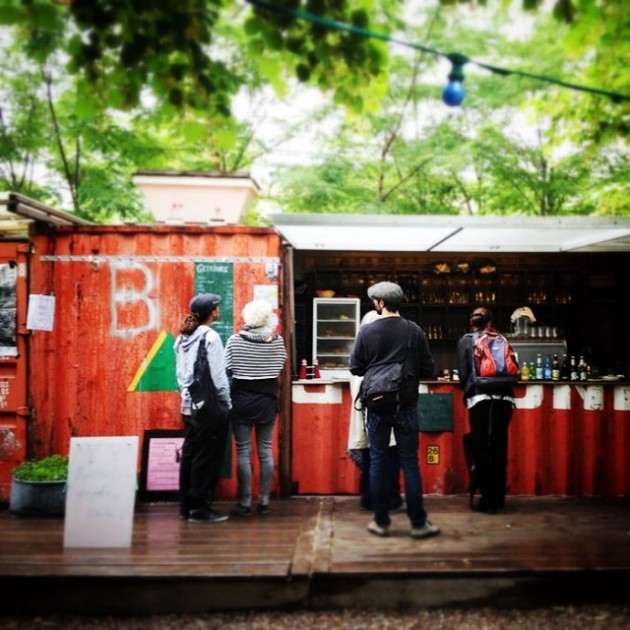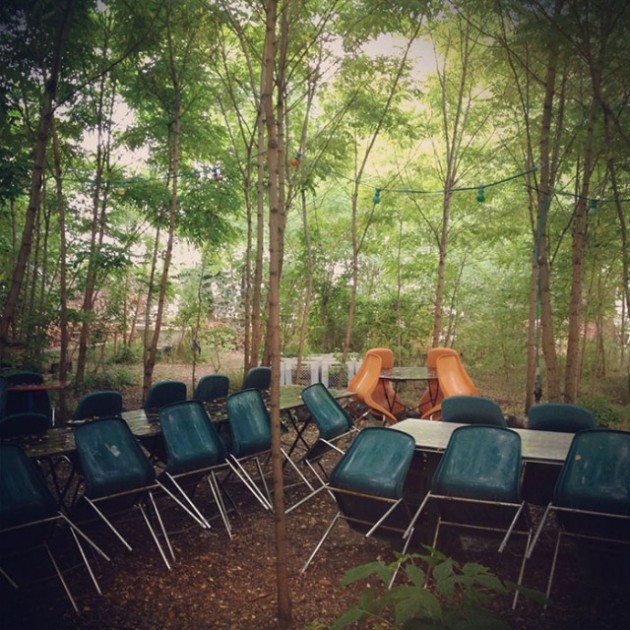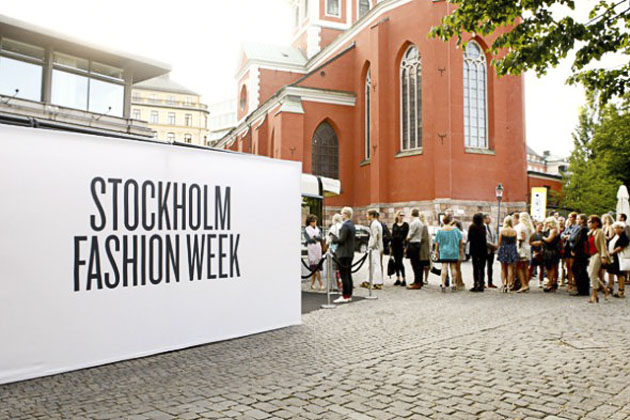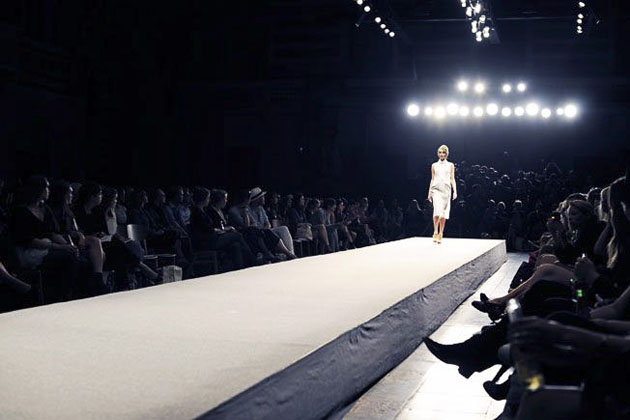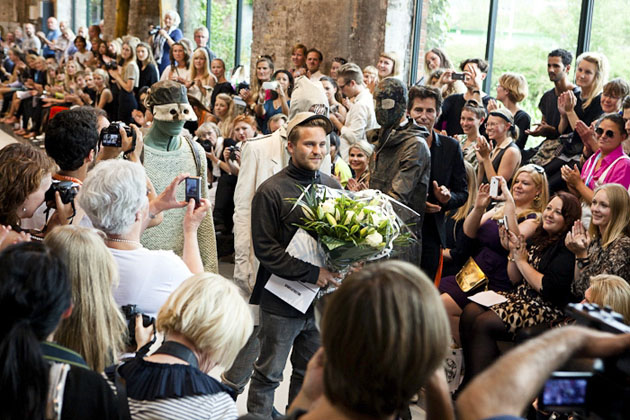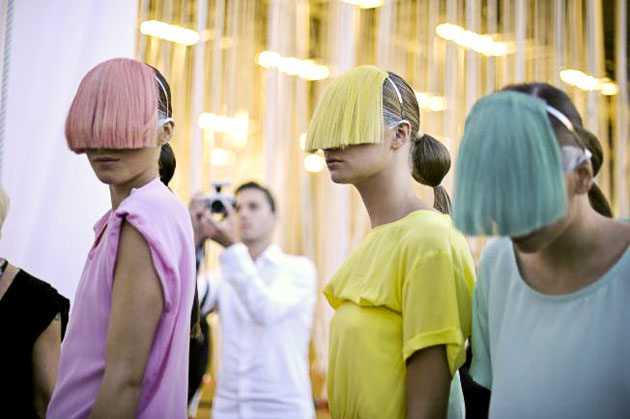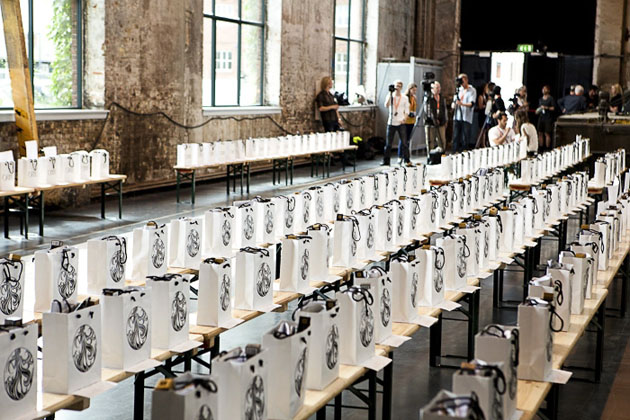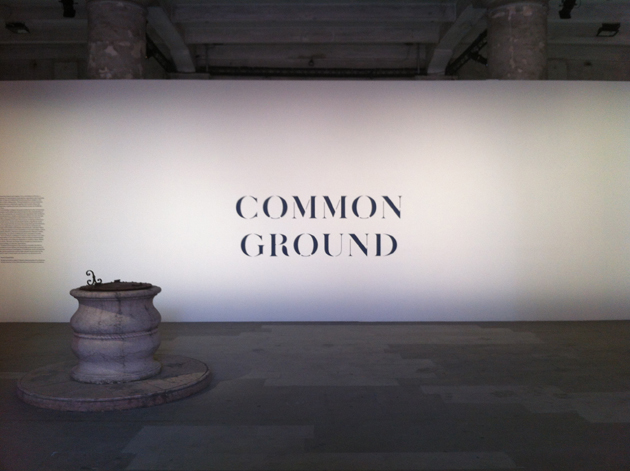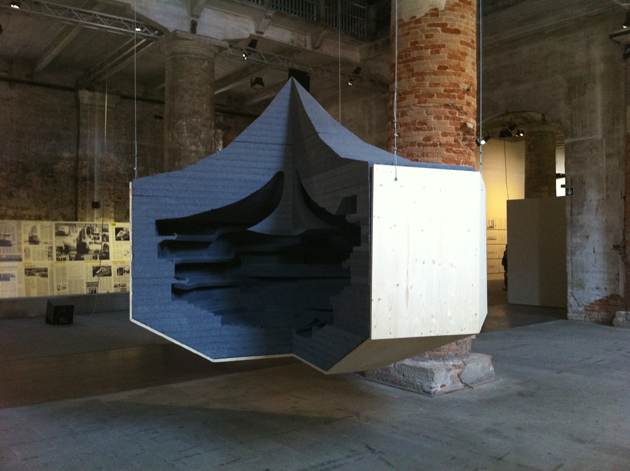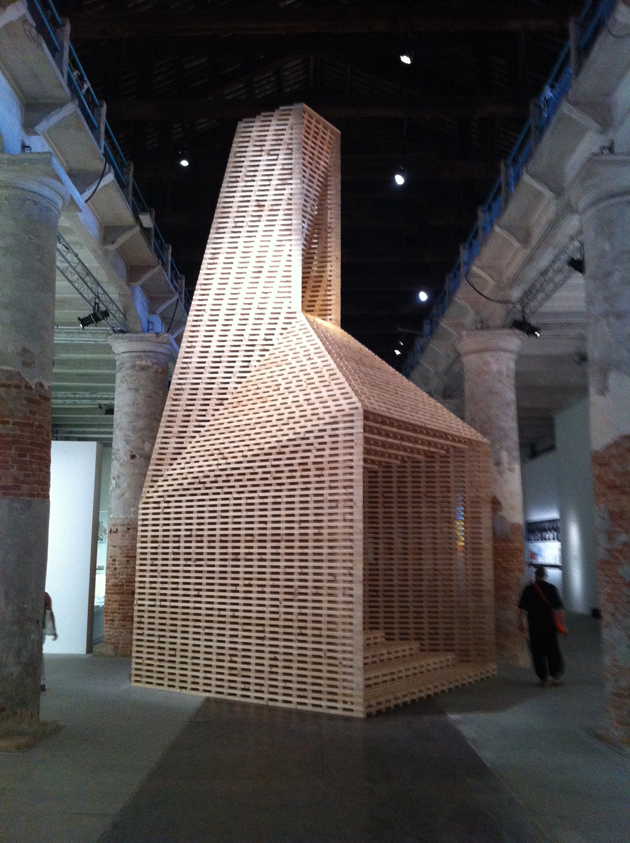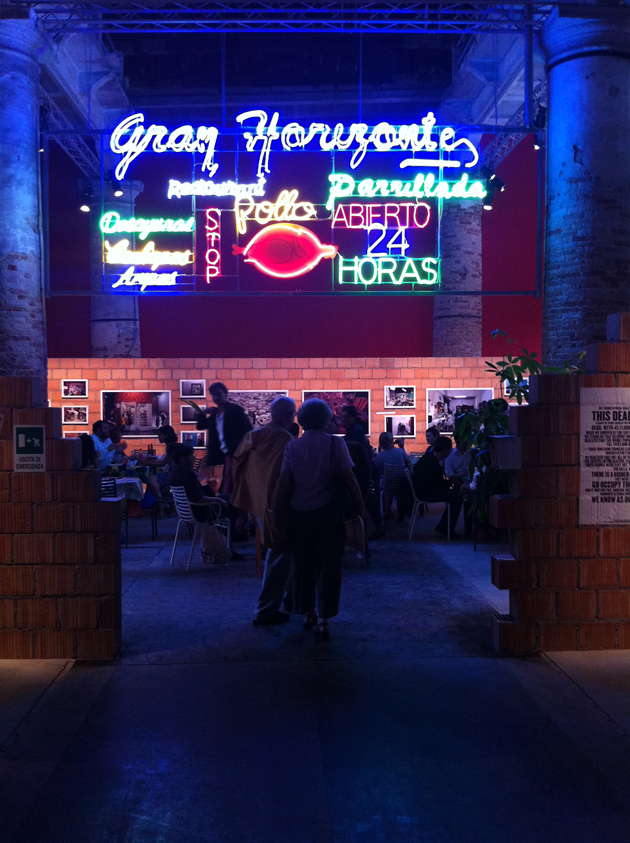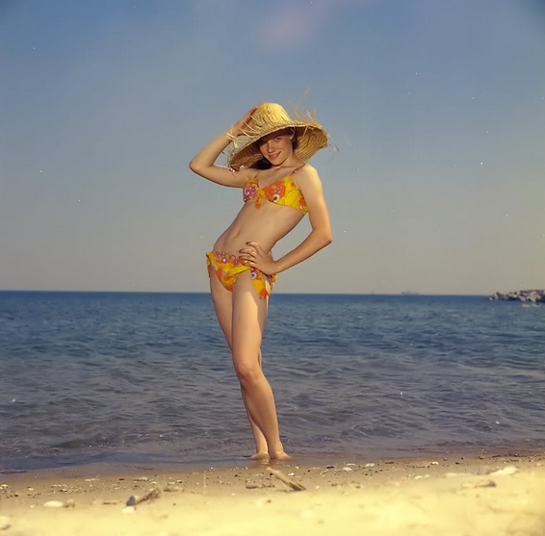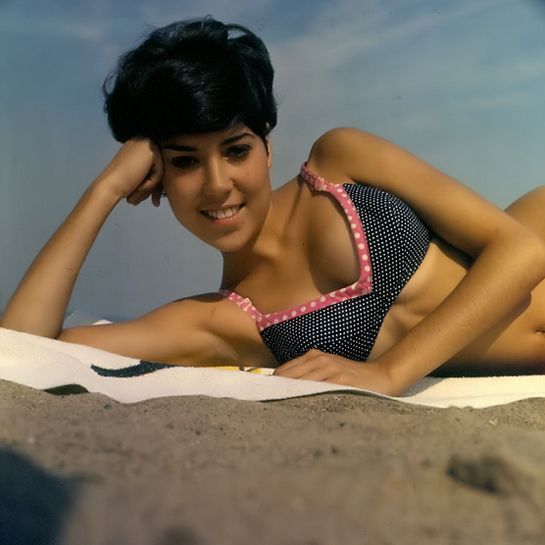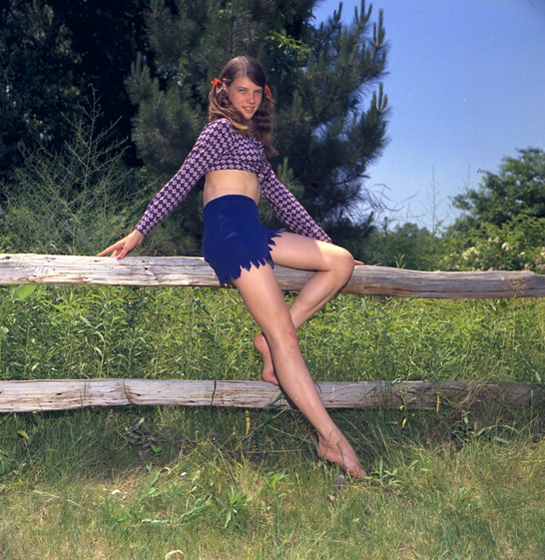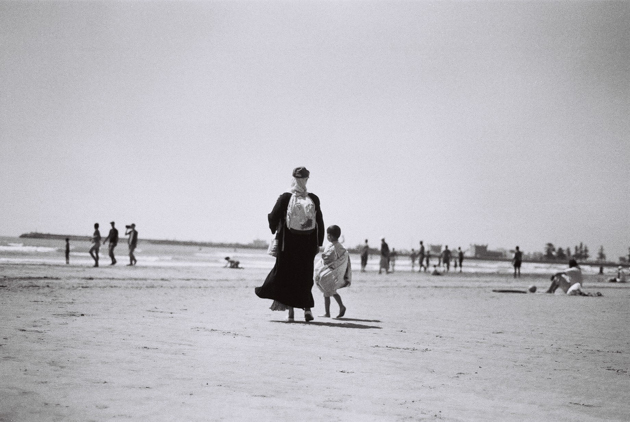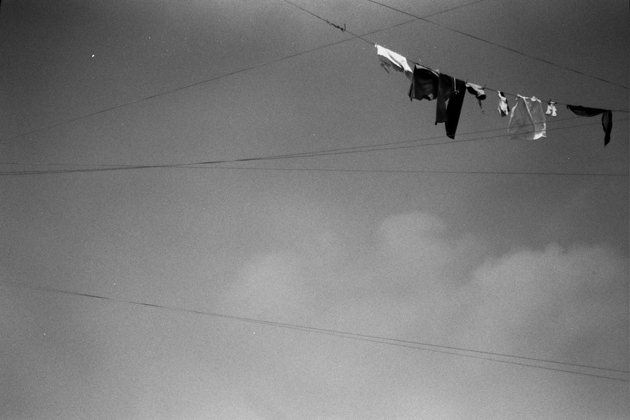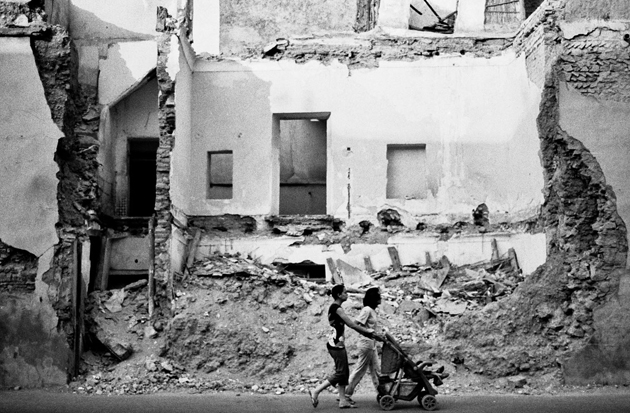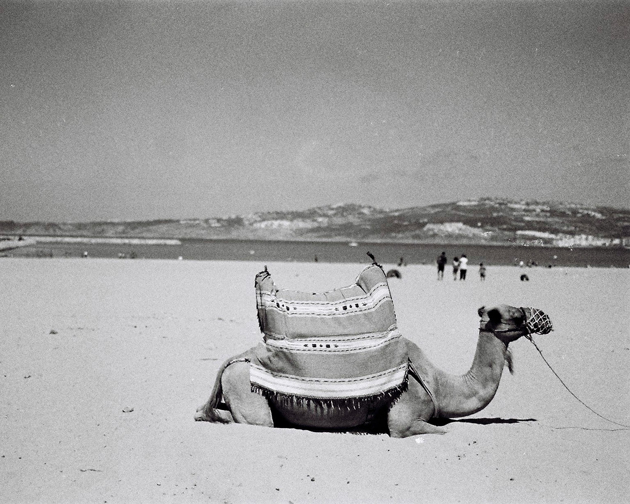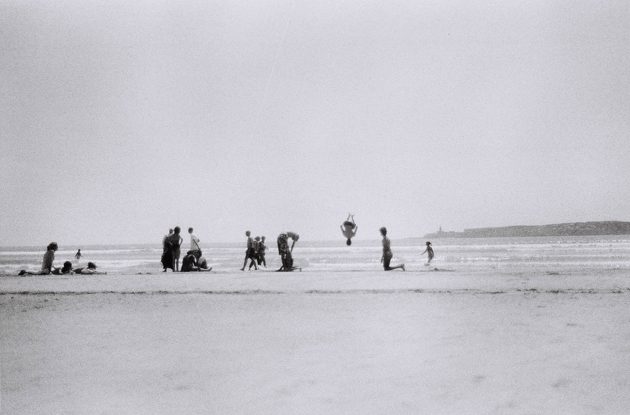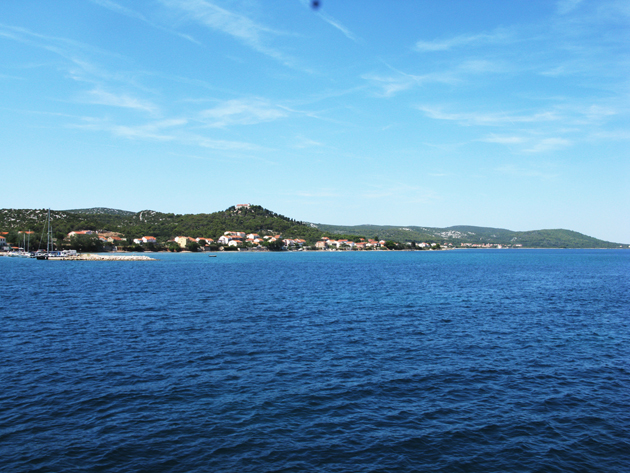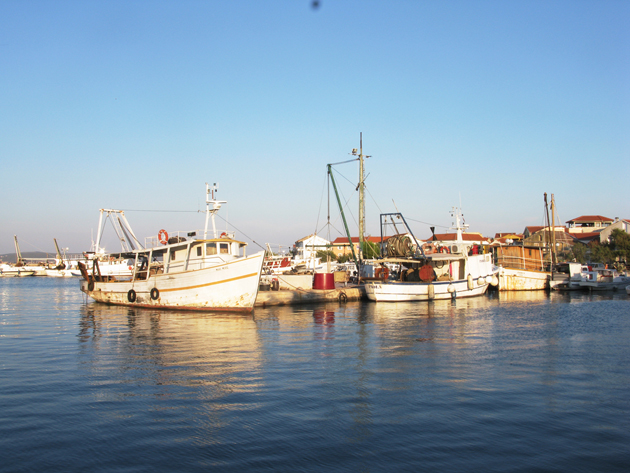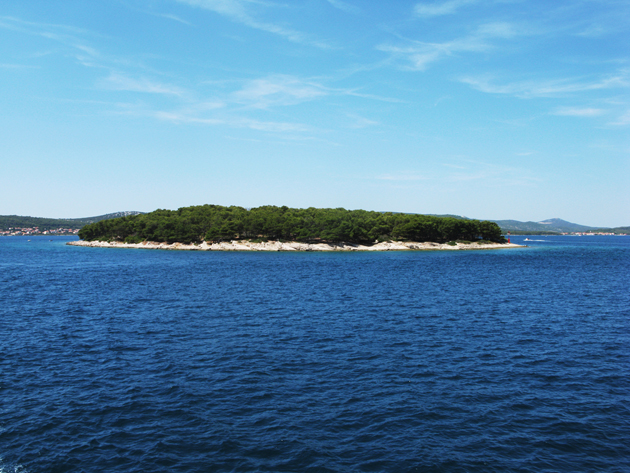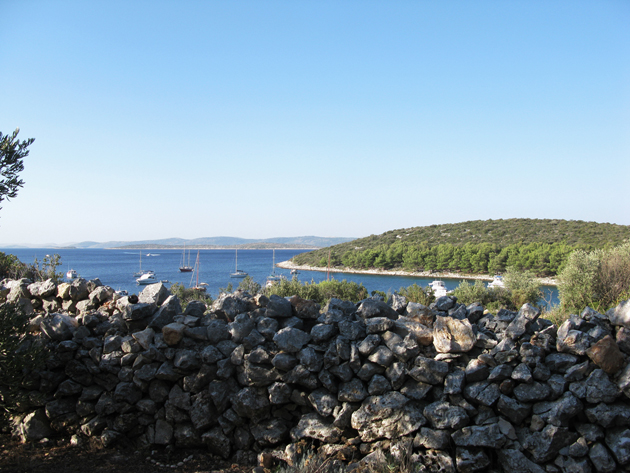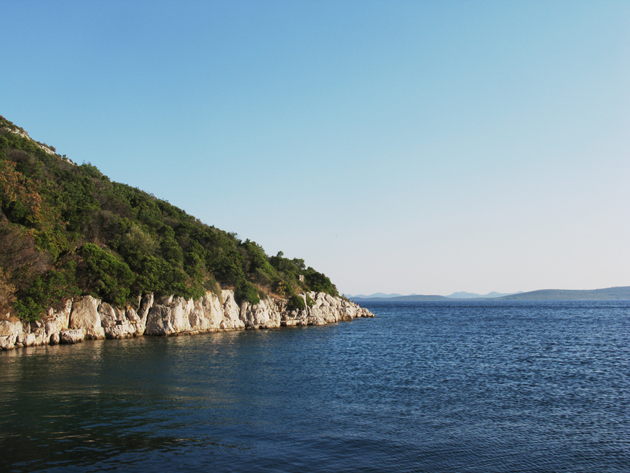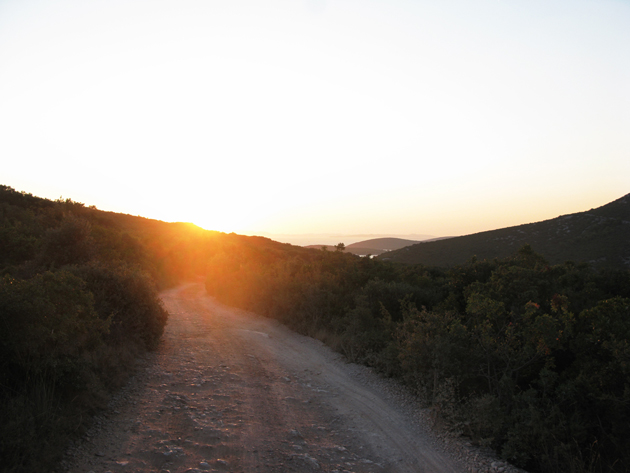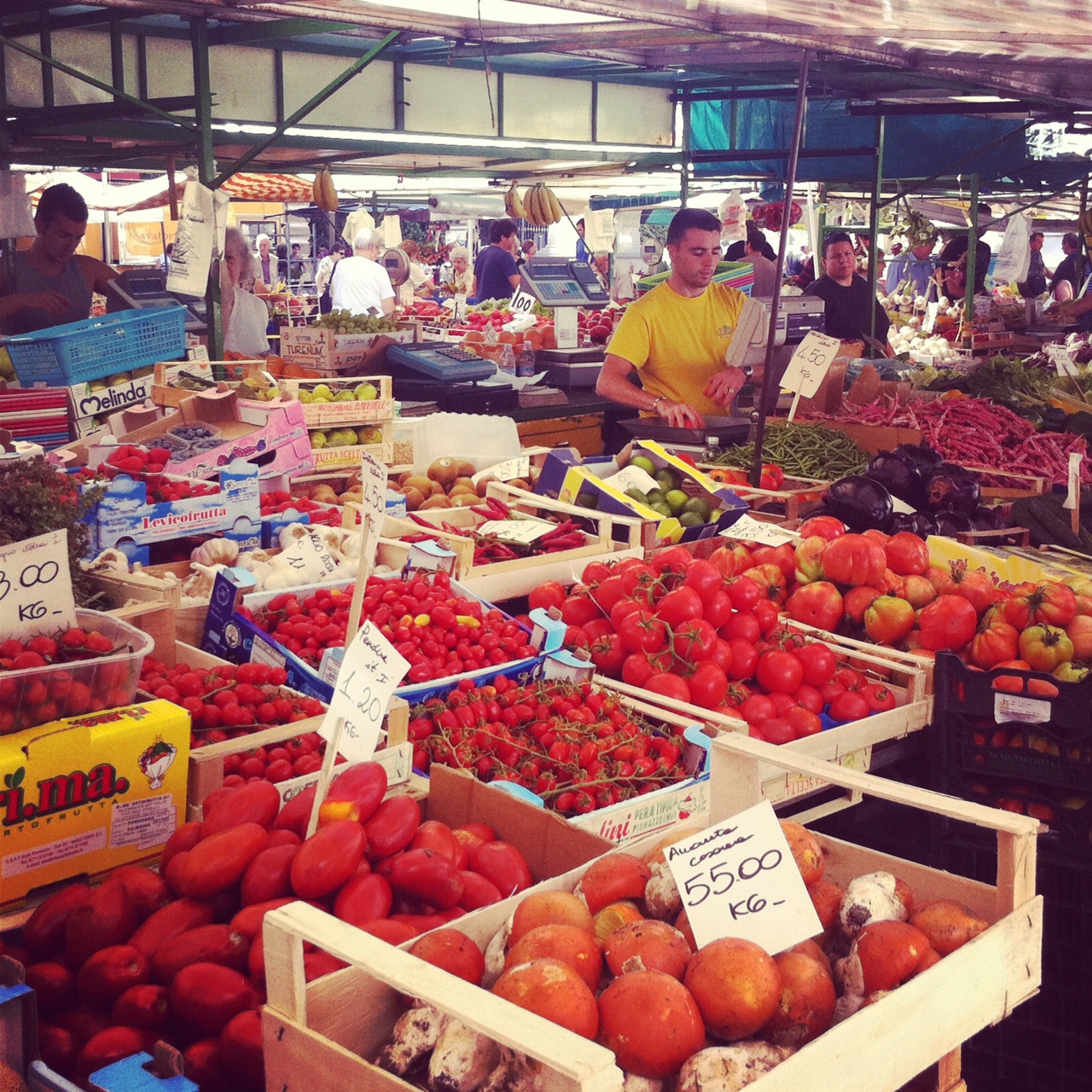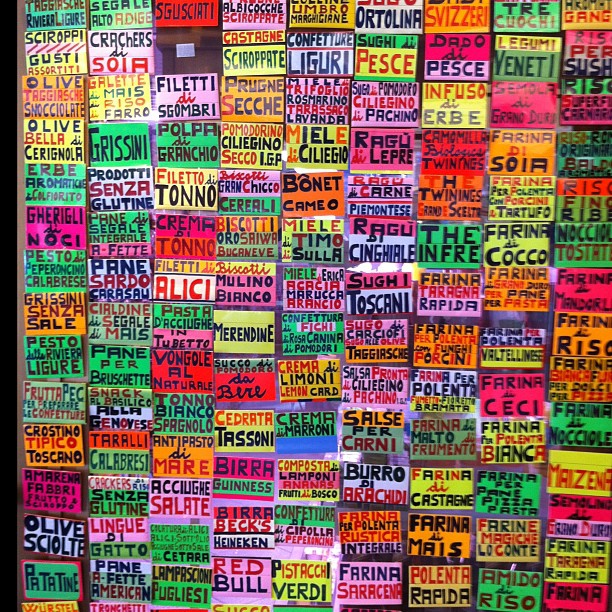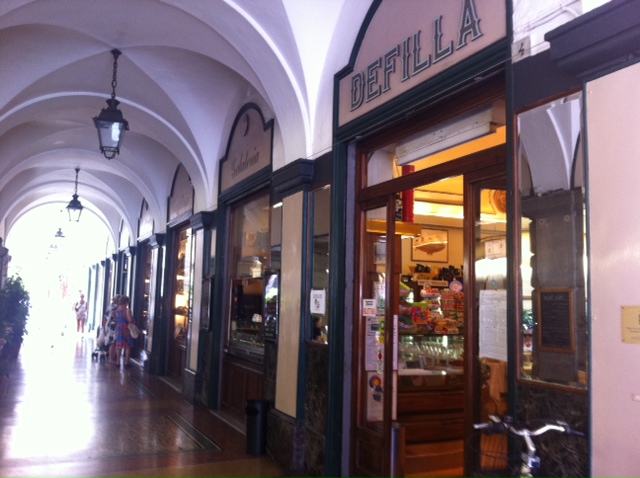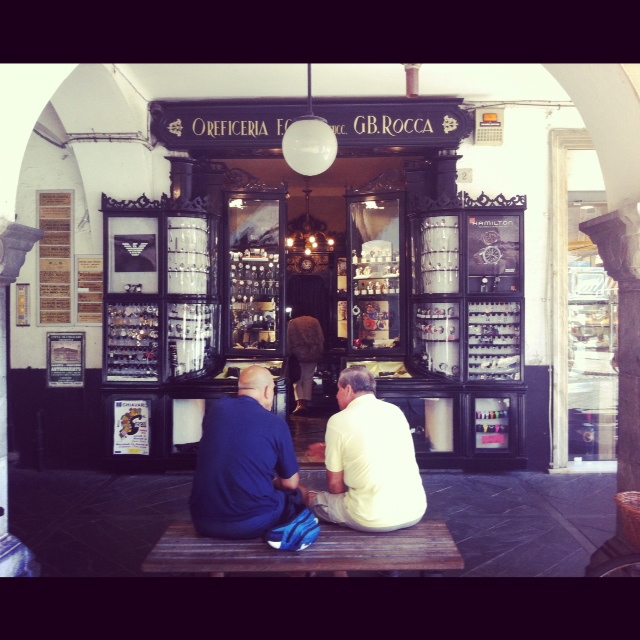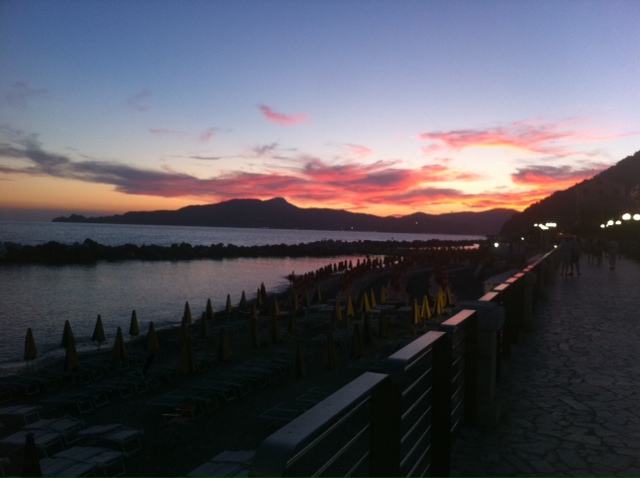Well-dressed in Stockholm
Inaugurated by H.R.H. Swedish Crown Princess Victoria and with a larger than ever presence by both Swedish and international press, Mercedes-Benz Fashion Week captured Stockholm for three days with its Swedish minimalism, tailoring and style. Giants and well-rooted designers like Filippa K, Whyred, J.Lindeberg, Cheap Monday, Hope, Dagmar and Tiger of Sweden shared the runway with couture design by Fadi el Khoury and international hopes like ALTEWAISAOME (and about 20 other designers). The Blogazine followed MBFW Stockholm to see the Swedish fashion scene’s contribution to the S/S 2013 collection.
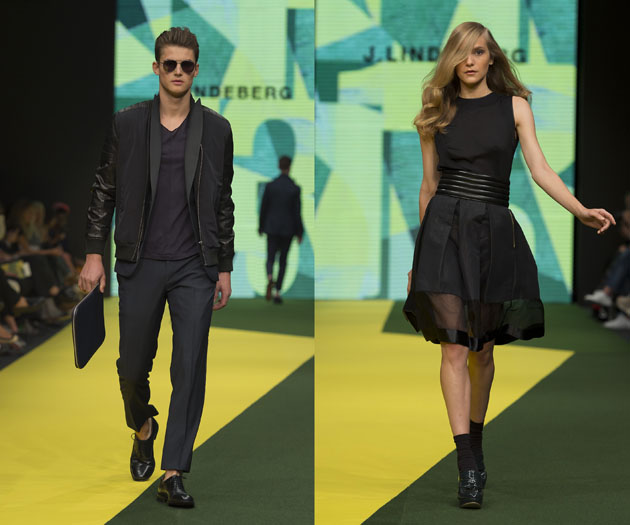
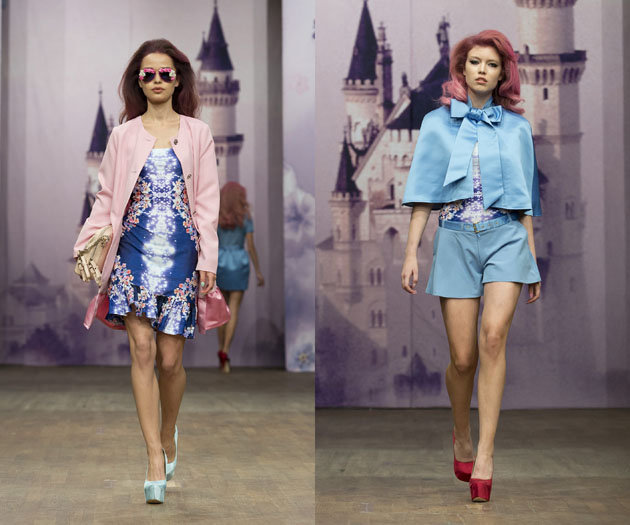
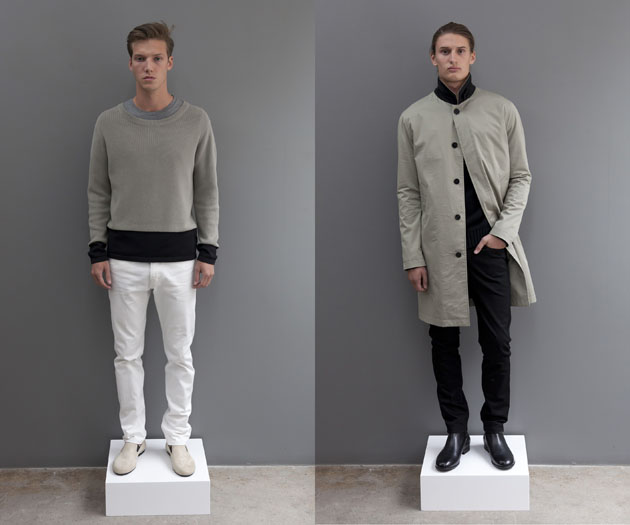
The official opening show was honoured to the name of Fadi el Khoury, one of Sweden’s few couture artists. If you have ever visited Château de Versailles, you recognize the soft tones of ivory and golden details that he brought to the collection. Less couture but always as safe and precise were the well-made collections from Filippa K. With quality and accuracy of fit the brand’s Nordic minimalism leaves every women as well as man well-attired. Tiger of Sweden brought up the baseball cap matched with a trench coat or slim fitted jacket and J.Lindeberg worked the short length trouser suits for men, and what will become a must-have leather jacket from the women’s collection. Whyred showed a few it-items, Hope continues to attract both the forty something woman as well as the young it-girls and The Local Firm brought top model Emma Wiklund back to the runway.
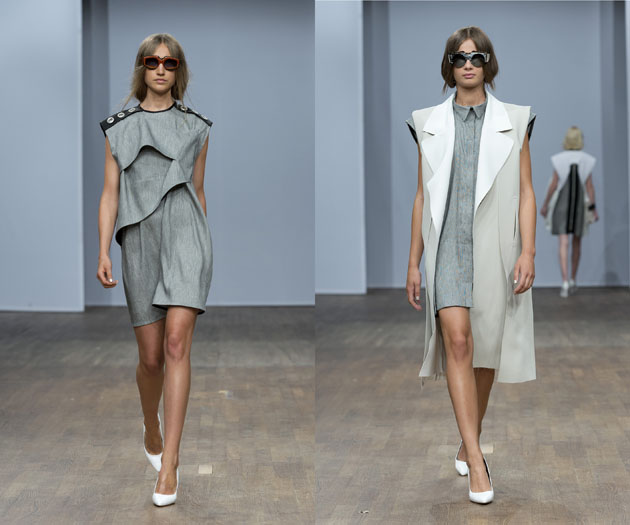
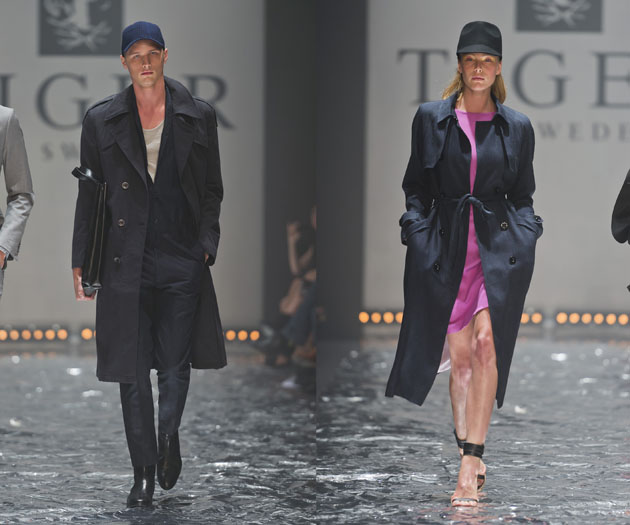
Cheap Monday showed out in the open, and gave all of their fans the opportunity to partake, a democratic choice by the brand that flirts with every young Swede. Instagram got to be part of the mood board when the photo application got its filters on the show by Ida Sjöstedt, who created a dreamy S/S13 runway under a rainbow. Two designers coming from Italian fashion houses and now showing their fourth collection in Stockholm are the girls behind ALTEWAISAOME. Mixing Scandinavian simplicity with international high fashion, they might be one of the young brands with most expectations from international visitors.
No matter how many or how few brands one mentions after a few days in Stockholm, the sum of impressions will end up about the same; a minimalistic take on each season with the style, class and prestige in doing things well always present. In the same time, the Swedish fashion scene makes sure that there is just a leap between office chic and street cool.
